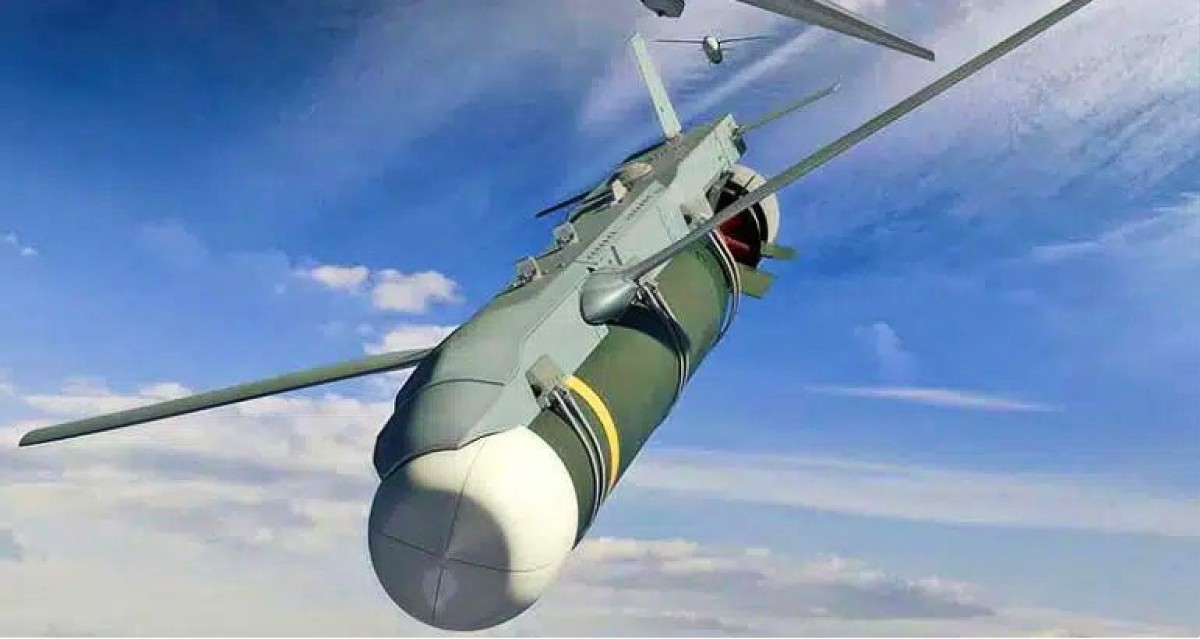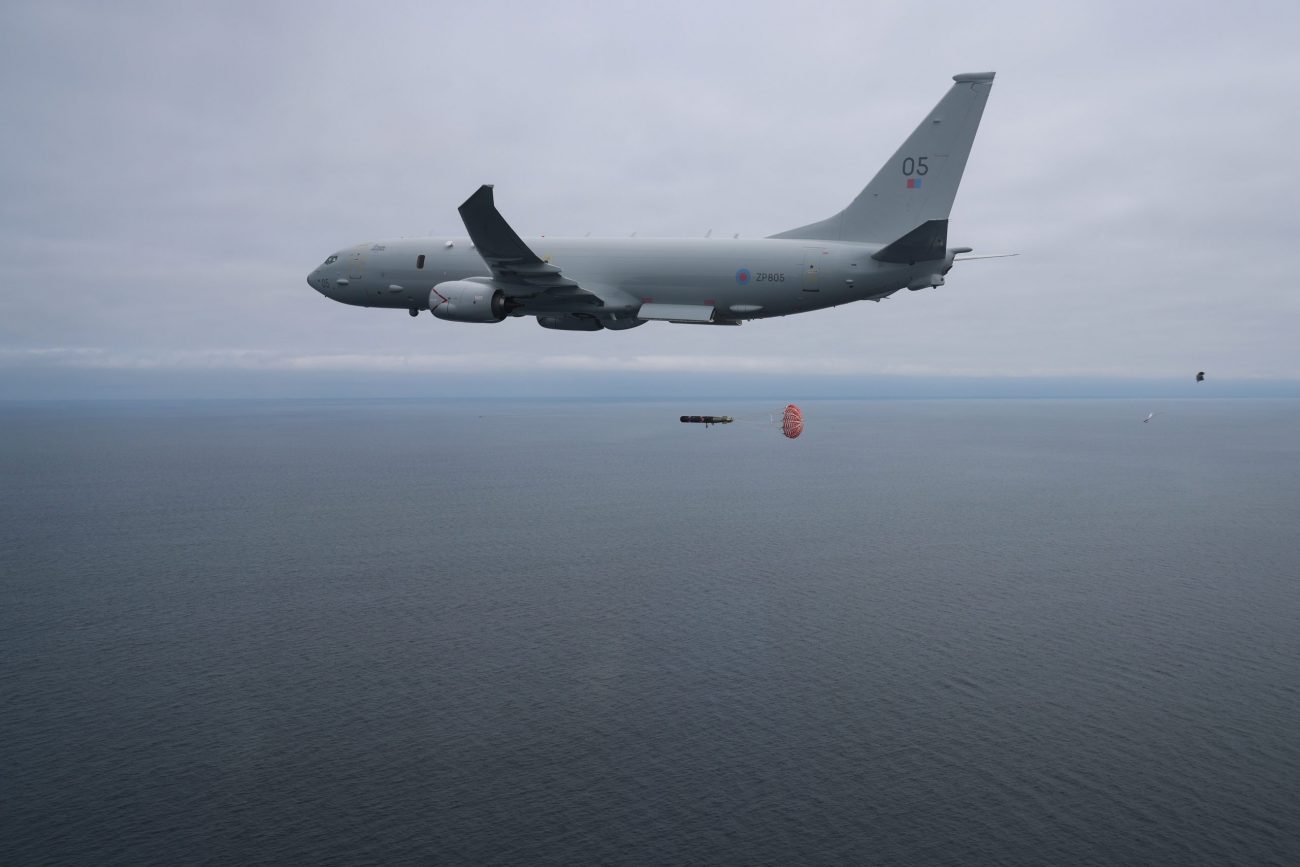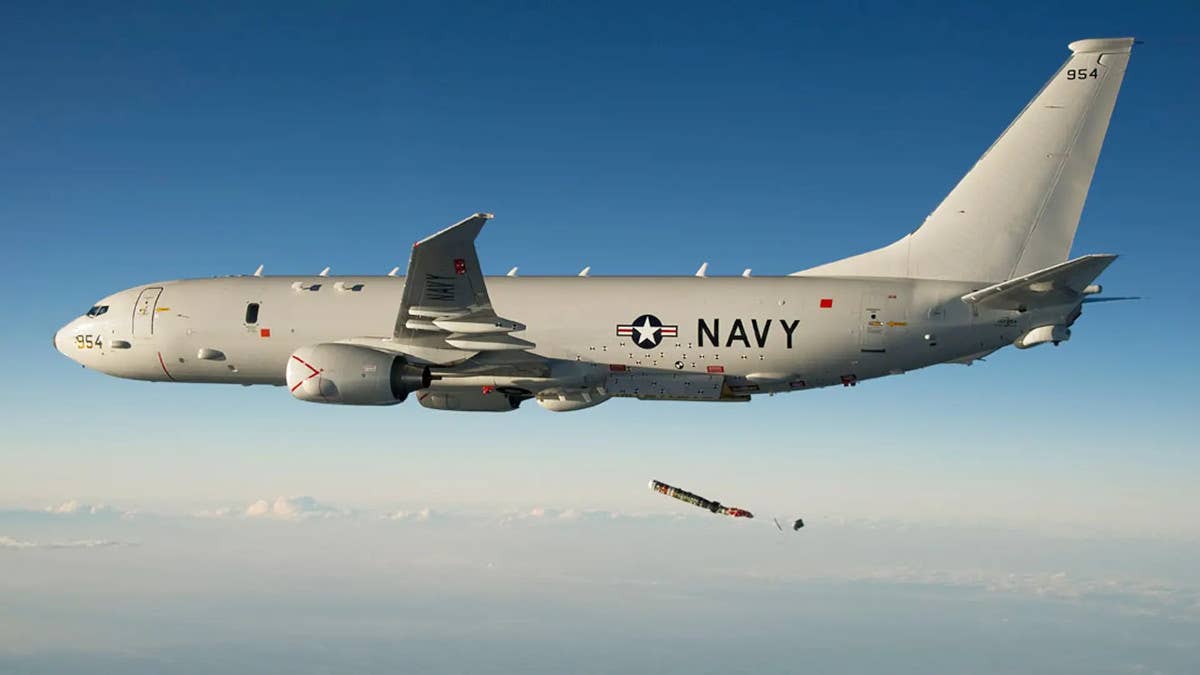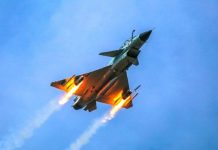The P-8A Poseidon maritime surveillance aircraft that continues to make sorties over the Indo-Pacific irking China is now set to become more lethal, with the aircraft acquiring the capability to drop winged torpedoes from a long range.
The P-8A maritime patrol aircraft of the US Navy can now carry the High Altitude Anti-Submarine Warfare Weapon Capability or HAAWC.
The manufacturer of the aircraft Boeing announced in a press release on November 21 that the US Navy has officially announced Initial operational capability, or IOC, with HAAWC.
The new HAAWC transforms airdropped Mk 54 light anti-submarine torpedoes into long-range, swiftly-delivered standoff weapons. This would mean the aircraft could attack its targets without coming in contact with the enemy defenses.
Earlier in August, EurAsian Times had reported that US Navy had awarded a contract to Boeing for the full-rate production of the High Altitude Anti-Submarine Warfare Weapon Capability.
The program was envisioned to enable the Navy to undertake anti-submarine warfare at greater heights and ranges.

The contract calls for producing HAAWC Air Launched Accessory, or ALA, kits, and containers for the Navy and other customers of the aircraft. Several countries, including the US, Australia, Norway, India, and the UK, operate the aircraft, among others.
Germany, South Korea, and New Zealand will receive theirs in the coming years.
The P-8A aircraft acquiring modern and advanced standoff weapons could also be unsettling for China which has allegedly intimidated the plane on multiple occasions.
In February this year, a Chinese military vessel was accused of shining a military-grade laser at an Australian P-8 Poseidon and endangering the crew’s safety. The US military also reported a similar incident in 2020.

Later, in June, the PLA was accused of dispatching its J-16 Fighter jet and intimidating the Royal Australian Air Force (RAAF) in flight over the South China Sea by firing military-grade lasers. However, Australian and American P-8 Patrol aircraft continue to fly over the Indo-Pacific and the seas China considers its backyard.
China, for one, has a very sophisticated system of Anti Access/Area Denial capabilities which means that in case of a conflict, the US would find it difficult to breach through its defenses. Commander of US Pacific Air Force General Kenneth Wilsbach accepted that China had an excellent A2/AD.
Importantly, anti-submarine torpedoes thrown from the air must typically be discharged relatively close to the target and at very low altitudes, frequently barely 100 feet above the water. However, this also means the aircraft will fly dangerously close to the enemy’s missile defense systems. This is where the HAAWC comes in.

By enabling Navy P-8A crews to use Mk 54 torpedoes at longer ranges, the HAAWC lessens their potential exposure to any nearby enemy air defenses.
This became especially important as China has equipped its warships with formidable air defense capabilities and stationed its surface-to-air missiles on the artificial islands it constructed and militarized in the South China Sea.
What Do We Know About The HAAWC?
The HAAWC consists of a wing kit for the Mk 54 lightweight torpedo, which Boeing refers to as the Air Launch Accessory (ALA). After launch, the weapon glides to a predetermined target area using a GPS-assisted guidance system that, according to the manufacturer, can also function in a GPS-denied environment using inertial navigation alone.
The ALA releases the torpedo once it has reached the target area. It then falls into the water naturally, using a parachute in the tail to slow its descent and keep it from being destroyed when it hits the water. The HAAWC-equipped Mk 54’s exact maximum range has not been revealed.

However, the Navy previously stated that it wanted the weapon to have a standoff range of at least 20 miles. Naturally, a lot depends on the aircraft’s speed and altitude when discharging armaments to determine these ranges.
The P-8 and other Anti Submarine Warfare (ASW) aircraft can pursue sub-surface targets with HAAWC’s help without having to worry about running afoul of any anti-air systems that may be stationed close to the submarine or the area where the sub operates.
This kit allows a P-8 to launch an assault from up to 30,000 feet without descending slowly over the ocean. Due to the inclusion of the additional kit, the P-8 no longer needs to expose itself by flying slow and low, a risky position for any combat aircraft.
By releasing torpedoes at enemy submarines with this HAAWC package, the P-8 will also be able to serve as a sort of arsenal ship for other anti-submarine assets, such as ships, helicopters, and even friendly submarines.
The upgraded Mk 54 Mod 1 torpedo, which is currently in development, will be combined with the kits, which the Navy already anticipates will increase the capabilities provided by HAAWC. According to DOT&E, the enhanced sonar array and supporting software in the Mk 54 Mod 1 version “gives a sharper view of the desired target inside the undersea environment.”
The HAAWC system, according to experts, might be modified for use by shore-based launchers, providing a flexible and reasonably priced coastal defense against sly submarines. By implementing HAAWC, nations might put enemy submarines at risk along their coastline without deploying hordes of aircraft or patrol ships armed with torpedoes.
With tensions refusing to recede between China and the self-ruled island state of Taiwan and the Chinese resolve to unite Taiwan with the Chinese mainland, a conflict in the region is never entirely out of the question.
- Contact the author at sakshi.tiwari9555 (at) gmail.com
- Follow EurAsian Times on Google News




